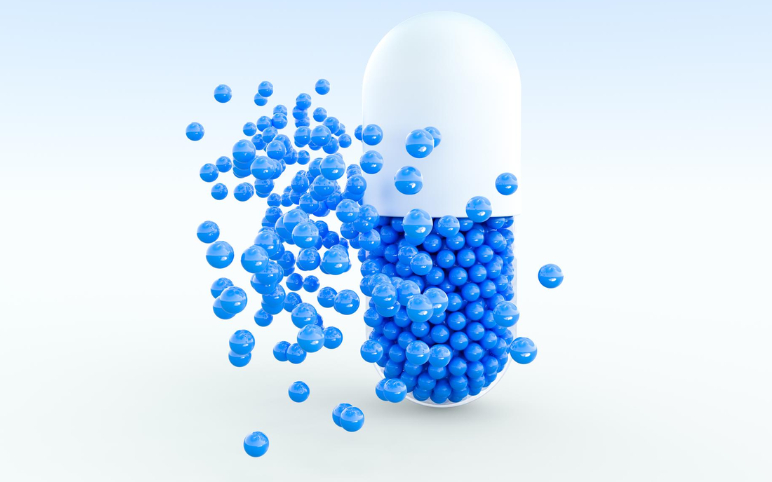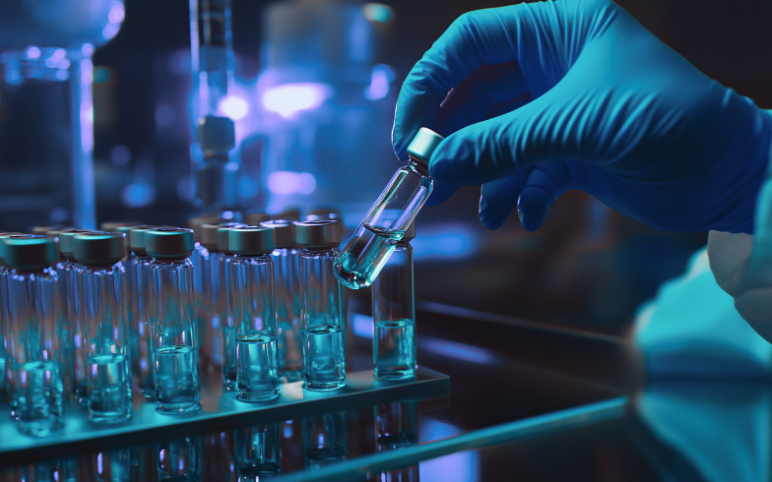At present, the hypogonadism therapy market comprises Injectable formulations, Transdermal formulations, other testosterone formulations and alternative therapies like Dihydrotestosterone gel, Human chorionic gonadotropin, Clomiphene citrate, Aromatase inhibitors, and Selective androgen receptor modulators.
Novartis Sandoz has announced
to buy the Japanese branch of Aspen Pharmacare for up to 400 Million Euros.
Novartis, through this acquisition, plans to expand its business in the Japanese pharmaceutical market. Initially, the company will pay 300 Million Euros and a deferred amount of at most 100 Million Euros.
Aspen Pharmacare will use the funds
to pay off its debt.
The Aspen’s portfolio comprises 20 off-patent drugs worth an annual sale of 130 Million Euros including Xylocaine, which is an anaesthetic along with immune-suppressing drug Imuran, which is used to treat multiple sclerosis.
The US FDA has approved the first-ever drug, Reblozyl for the treatment of beta-thalassemia, a rare blood disorder.
The drug, Reblozyl, is developed by Celgene with its biotech partner Acceleron Pharma. The drug is one of the five drugs in which Pharma giant BMS is interested in its aim to buy Celgene.
As per Delveinsight estimates, there were 64,655 prevalent cases of β-thal in 2017 in 10 emerging markets. Among these 10 emerging markets, China accounts for the highest number of cases among eastern countries.
Russia is a “white spot” in the prevalence of hemoglobinopathies. While among Latin-American countries, Brazil accounts for the majority of diagnosed cases of β-thalassemia.
The pharmacological treatment in Beta-thalassemia is regular blood-transfusion therapy. The aim of transfusion is mainly to suppress erythroid expansion. The drug follows the same approach. It is a first-in-class erythroid maturation agent (EMA) that treats transfusion-dependent beta-thalassemia-associated anaemia.



